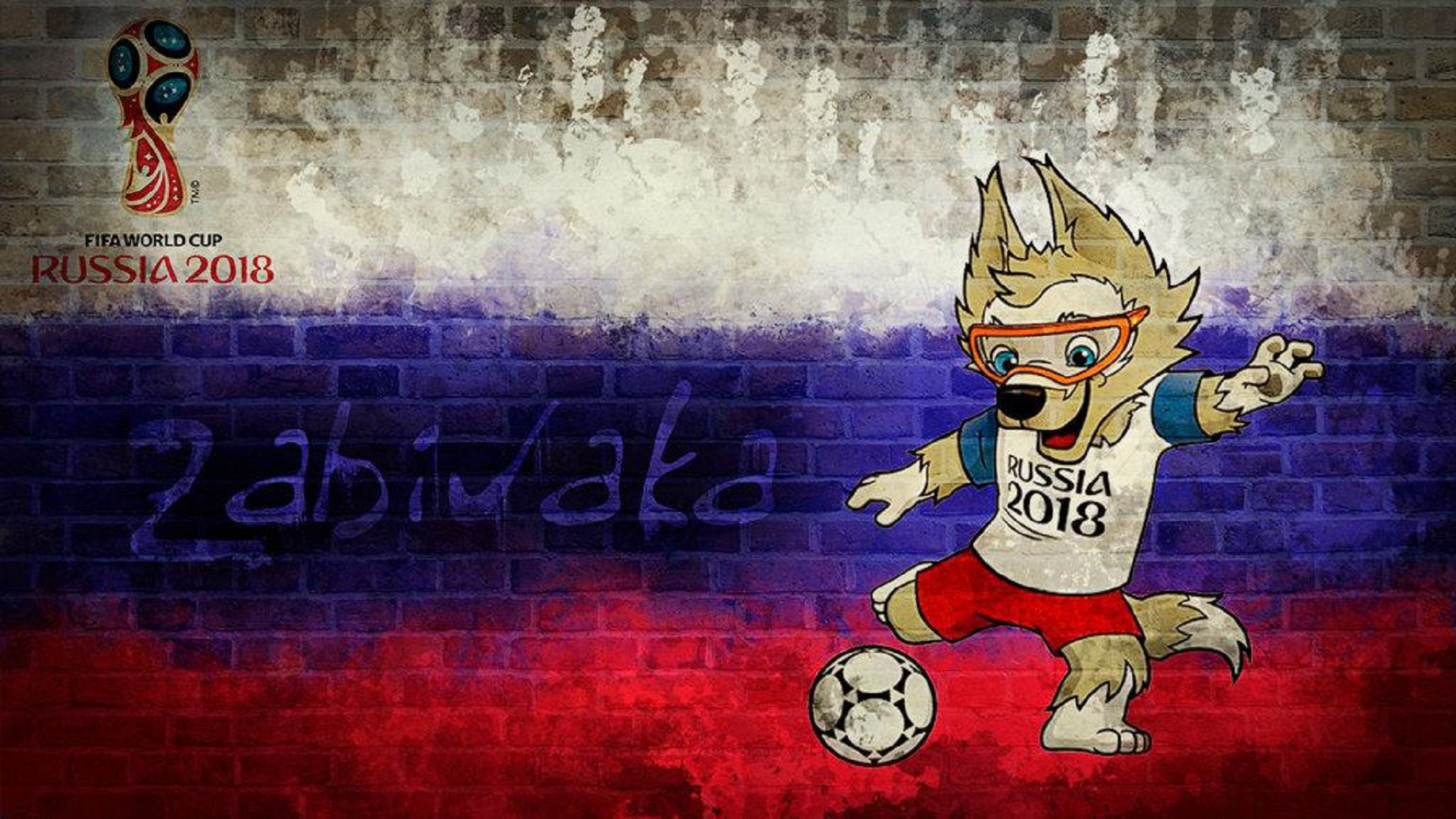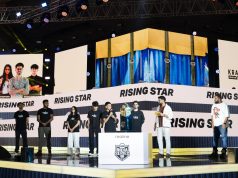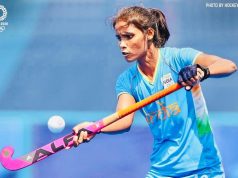‘The one who scores’- this is what Zabivaka means in Russian; an apt name to represent the mascot of 2018 Football World Cup. The anthropomorphic wolf with brown and white fur, wearing a combination of white, blue and red T-shirt and sporting an orange goggles, radiates fun, charm, and confidence.
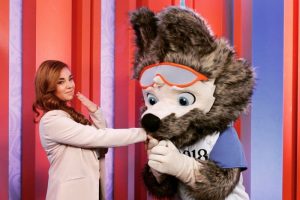
The mascot was created by a graphic designer student Ekaterina Bocharova which garnered 53 percent of internet vote to become the official mascot for the World Cup 2018 in Russia. Over a million people in Russia participated in the voting process on several FIFA platforms and the results were declared during a live show on Russia’s Channel 1.
Ekaterina Bocharova revealed that she was always inspired by animals and love for her pet dog acted as an added inspiration behind the creation. “The idea came to me after I saw the wolf in the list of possible mascots for the World Cup. I did put all my love for my pet in this character, and I wanted to share it with the entire world. And I wanted people to love Zabivaka just as much,” an overwhelmed Bocharova said.
Zabivaka is not only promoting the event and ready to entertain crowds at the stadiums, but also has become an ambassador for Russia. The ‘celebrity’ mascot has now joined its predecessors that started to appear in FIFA World Cup from 1966.
Willie – 1966 World Cup in England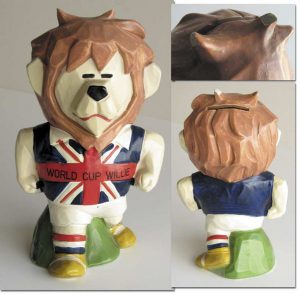
“I am Willie, hear me roar!” The official mascot of the 1966 World Cup was Willie- a lion wearing a UK-flag t-shirt. Created by Reg Hoye, who is best known for illustrating some Enid Blyton books, Willie had a high-profile presence becoming famous throughout England and the world.
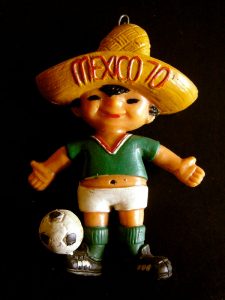 Junaito- 1970 World Cup in Mexico
Junaito- 1970 World Cup in Mexico
Juanito was a truly unique mascot, perfect for the first FIFA World Cup to be broadcasted in colour. The young boy wore Mexico’s green kit in a sombrero while standing with one foot on top of a soccer ball.
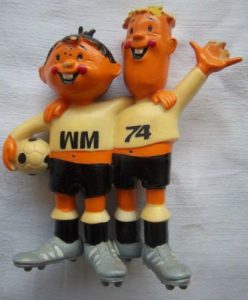 Tip and Tap- 1974 World Cup in West Germany
Tip and Tap- 1974 World Cup in West Germany
Tip and Tap were two boys used as the mascot for 1974 World Cup. The two boys were chosen to promote harmony between East and West Germany, the teams drawn I the same group to compete against each other for the only time in World Cup history. Tip and Tap wore German kits, with the letters WM (Weltmeisterschaft, World Cup) and the number 74, representing the year.
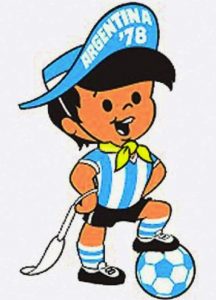 Gauchito – 1978 World Cup in Argentina
Gauchito – 1978 World Cup in Argentina
For the third time in a row, a youngster was chosen as the mascot of FIFA World Cup. Named Gauchito, the mascot wore a hat in Argentine colors and a neckerchief that was a typical ‘gaucho’ attire.
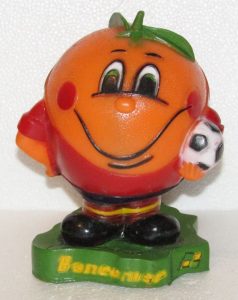 Naranjito – 1982 World Cup in Spain
Naranjito – 1982 World Cup in Spain
It was an orange, a fruit synonymous with Spain. The mascot aimed at symbolizing optimism after Spain emerged from General Franco’s dictatorship. Naranjito also has a round appearance that represented Football.
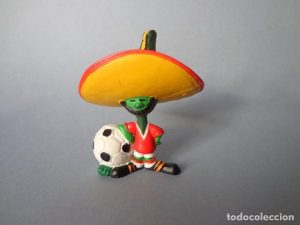 Pique – 1986 World Cup in Mexico
Pique – 1986 World Cup in Mexico
A jalapeno pepper, frequently used in Mexican cuisine, was the mascot for the World Cup in Mexico. Named Pique, the pepper had a sombrero and a moustache that gave a humorous feel to the mascot. But the design has been criticised for being too much Mexican and was the target for a series of jokes.
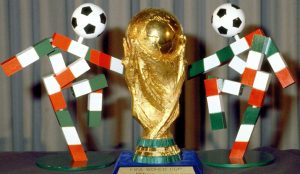 Ciao – 1990 World Cup in Italy
Ciao – 1990 World Cup in Italy
Ciao was a faceless figure that Italy decided to have as their mascot in 1990. Ciao, means ‘hello’ and ‘goodbye’ in Italian, was a stick figure player with a football head and an Italian tricolour body.
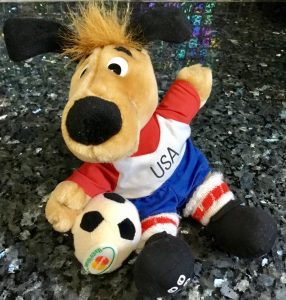 Striker – World Cup 1994 in United States
Striker – World Cup 1994 in United States
Warner Brothers, the leading film producers of America, created the mascot for 1994 that was selected by public voting for the first time. Striker was a dog who wore red, white and blue to illustrate the American flag.
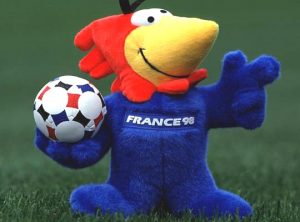 Footix – 1998 World Cup in France
Footix – 1998 World Cup in France
Cockerel, one of the national symbols of France, was chosen in 1998 as France returned to the use of animals as World Cup mascots. Footix had a blue body, representing the national team shirt, with ‘FRANCE 98’ written on its chest.
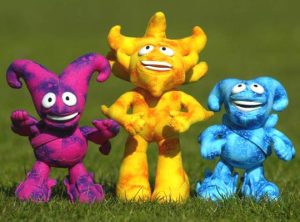 Ato, Kaz, and Nik – 2002 World Cup in South Korea and Japan
Ato, Kaz, and Nik – 2002 World Cup in South Korea and Japan
The World Cup in Korea and Japan had three mascots, Ato, Nik and Kaz, who formed ‘The Spheriks.’ Ato (Orange), Kaz (Purple) and Nik (Blue), were three animated creations who participated in fictional sport of ‘Atomball’, with Ato the coach and Kaz and Nik his players. The names of these figures were chosen after a survey on the Internet and among customers of McDonald’s branches in Korea and Japan.
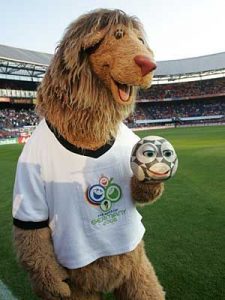 Goleo VI – 2006 World Cup in Germany
Goleo VI – 2006 World Cup in Germany
The official mascot of 2006 Germany World Cup was Goleo VI- a lion who always hold a talking football called Pille by his side. Goleo brought back the traditional mascot of the World Cup.
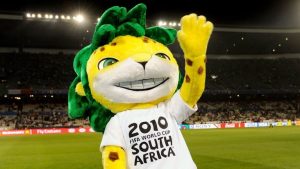 Zakumi – 2010 World Cup in South Africa
Zakumi – 2010 World Cup in South Africa
Zakumi continued the animal trend as a yellow and green coloured leopard became the mascot of 2010 World Cup. Zakumi clearly represented the vibrancy of South Africa whose name came from ‘ZA’ which means South Africa, and ‘Kumi’ which is ten in several African languages.
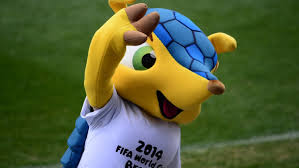 Fuleco – 2014 World Cup in Brazil
Fuleco – 2014 World Cup in Brazil
Fuleco was a three-banded Brazilian armadillo wearing a white t-shirt reading Brasil 2014 represented the natural beauty of Brazil. The name Fuleco came from the combination of ‘Futbol’ and ‘Ecologia’.

